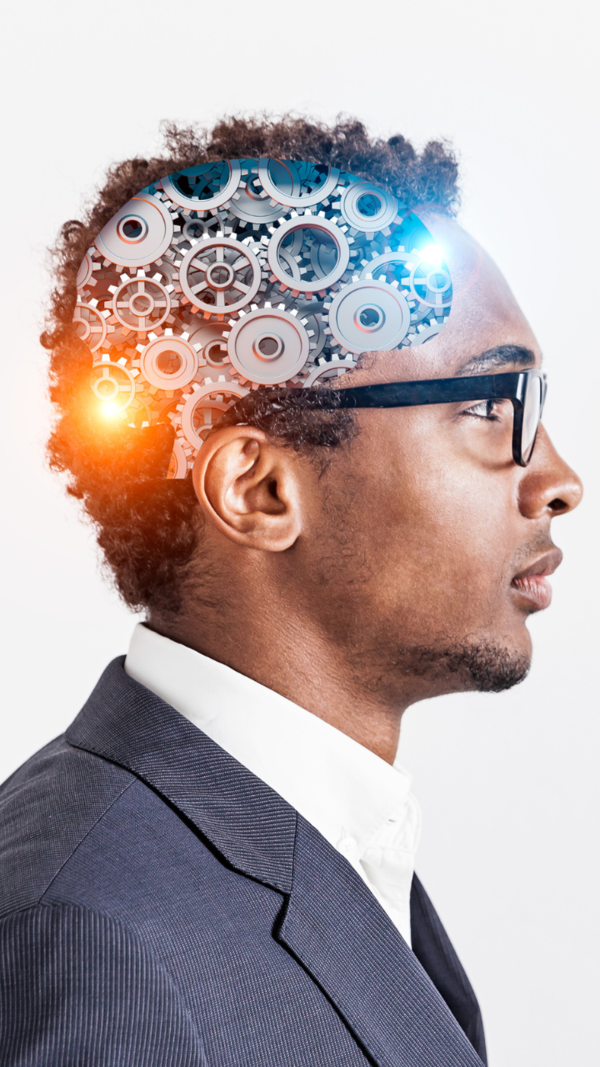- News
- lifestyle
- health-fitness
- health-news
- Healing in your sleep: Do lucid dreams provide therapeutic benefits?
Trending
Healing in your sleep: Do lucid dreams provide therapeutic benefits?
A recent study by Radboud University Medical Center explores the science behind lucid dreaming, where one becomes aware of dreaming and can sometimes control the dream. Researchers examined brain activity during lucid dreams, REM sleep, and wakefulness, discovering unique brain function patterns.
Have you ever experienced a lucid dream? Those surreal moments when, during sleep, you suddenly realize you are dreaming? Maybe you've even taken control, bending the dream world to your will. What if these experiences could offer more than just a nighttime thrill? Could they actually be therapeutic?
A recent study led by Çağatay Demirel of the Donders Center for Cognitive Neuroimaging at Radboud University Medical Center has shed light on the brain mechanisms behind lucid dreaming. The study published in JNeurosci paper sheds light on the brain activity during wakefulness, rapid-eye-movement sleep, and lucid dreaming.
What is lucid dreaming?

Poll
Have you ever experienced a lucid dream?
This means you're aware that you're dreaming while you're still in the dream. In short, it is a form of metacognition, or awareness of your awareness. In some cases, lucid dreaming also lets you control what happens in your dream. While many experience lucid dreams very vividly, others feel it like a haze. In the 1970s, Stanford psychophysiologist Stephen LaBerge proposed the concept of lucid dreaming, but many were skeptical. However, psychologists slowly started studying, conducting research, and tapping into the lucid dreaming capacity of patients for therapeutic purposes. About 55 percent of people have experienced at least one or more lucid dream in their lifetime.

Lucid dreaming is a surreal phenomenon, and the researchers examined data from multiple labs and included what the authors say is the largest sample size yet used in the field. By comparing brain activity during lucid dreams, regular REM sleep, and wakefulness, the researchers found unique patterns in how the brain functions during this conscious dreaming, and how brain regions communicate may be linked to changes in perception, memory processing, self-awareness, and cognitive control. The shifts in brain regions linked to self-awareness, perception, memory, and cognitive control are also factors that are closely associated with emotional regulation and mental health. This has sparked interest in whether lucid dreaming can be used as a tool in therapy.

“This research opens the door to a deeper understanding of lucid dreaming as an intricate state of consciousness by pointing to the possibility that conscious experience can arise from within sleep itself. This work offers a perspective that could challenge the traditional binary view of sleep and wakefulness in future research,” Demirel, who led the research, said.
“Taken together, these findings illuminate the electrophysiological correlates of LD, laying the groundwork for decoding the mechanisms of this intriguing state of consciousness,” the authors concluded.
End of Article
Follow Us On Social Media
Visual Stories
Tired of too many ads?go ad free now










